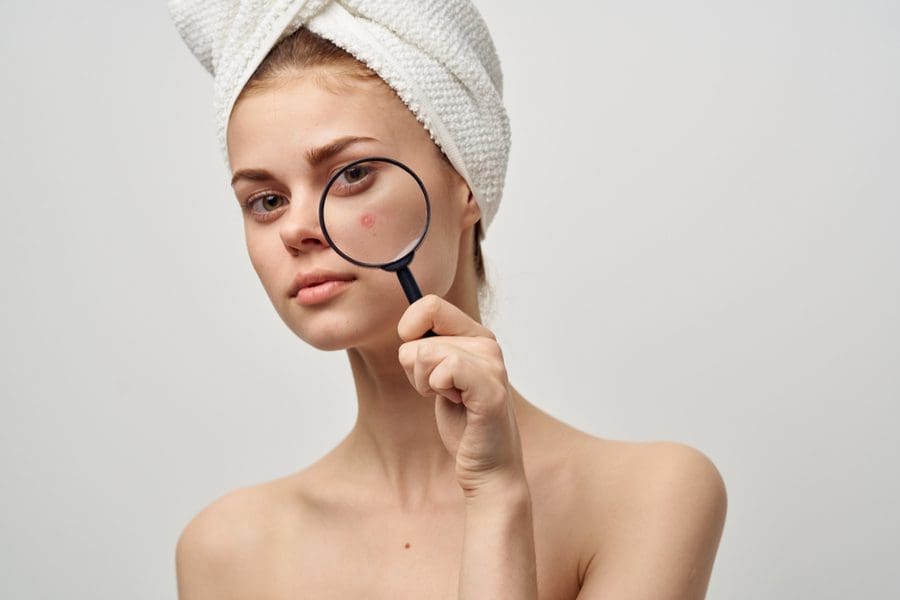Everyone has experienced some type of acne at one point or another. It can be extremely frustrating and have a huge effect on your self-esteem. Unfortunately, when it comes to acne, there isn’t one “cure-all” solution. The good news is, where you break out and the type of acne you have can give you insight on how to deal with it properly. If you are struggling with acne and don’t know what to do, this acne guide will help you interpret what your acne is trying to tell you.
Types of Acne
Comedonal Acne
This type of acne occurs because of excess oil and dead skin trapped in your pores. Closed comedones, or whiteheads, happen when a thin layer of skin forms over the excess oil. Open comedones, or blackheads, form when the toxins in your pores are exposed to air, which causes them to turn black.
Inflammatory Acne
Inflammatory acne forms when the toxins trapped in your pores mix with bacteria. This causes an infection, which leads to inflammation. Bumps appear as papules, or red bumps that don’t appear to have heads, and pustules, which are red bumps with white pus inside.
Nodulocystic Acne
This is a more extreme kind of acne that develops deep in the layers of the skin. It often appears as nodules, which are under-the-skin bumps that are painful but never fully form ahead. In order to extract these, it is best to see a dermatologist for a cortisone shot. Cysts, on the other hand, are large and painful pimples that do have ahead.
Where is your acne located?
Forehead, Temple, and Hairline
People usually break out in this area from wearing hats, sweating, or using heavy hair care products. Stress can also affect your acne in this area. If you find yourself breaking out on your forehead, temples, or hairline, try a salicylic acid treatment and reduce the amount of fat in your diet.
Between Brows
Acne between your brows can indicate food sensitives and allergies. Getting your eyebrows waxed and threaded can also lead to irritation and acne in this area. Using salicylic acid will help reduce the appearance of acne between the brows.
Cheeks
Acne on the cheeks is typically from built-up bacteria. If you are using dirty makeup brushes or a dirty cell phone it may lead to a break out. Make sure to clean your brushes, sanitize your phone, and wash your pillowcase!
Jawline, Chin, and Nose
Hormonal imbalances are to blame for jawline, nose, and chin acne. You can help reduce the appearance of hormonal acne by getting good sleep, managing stress, drinking enough water, eating vegetables, and maintaining clean skin.






